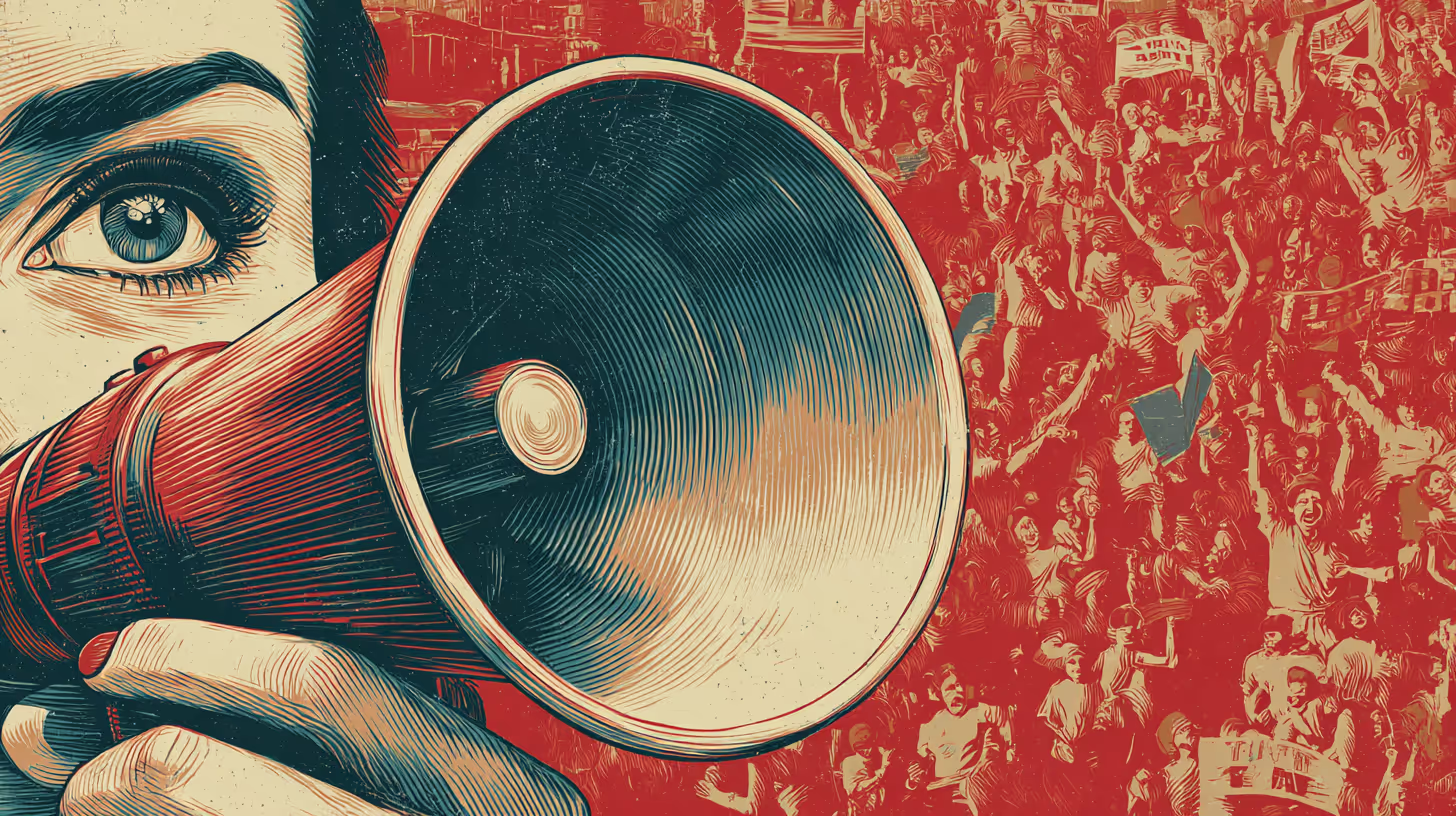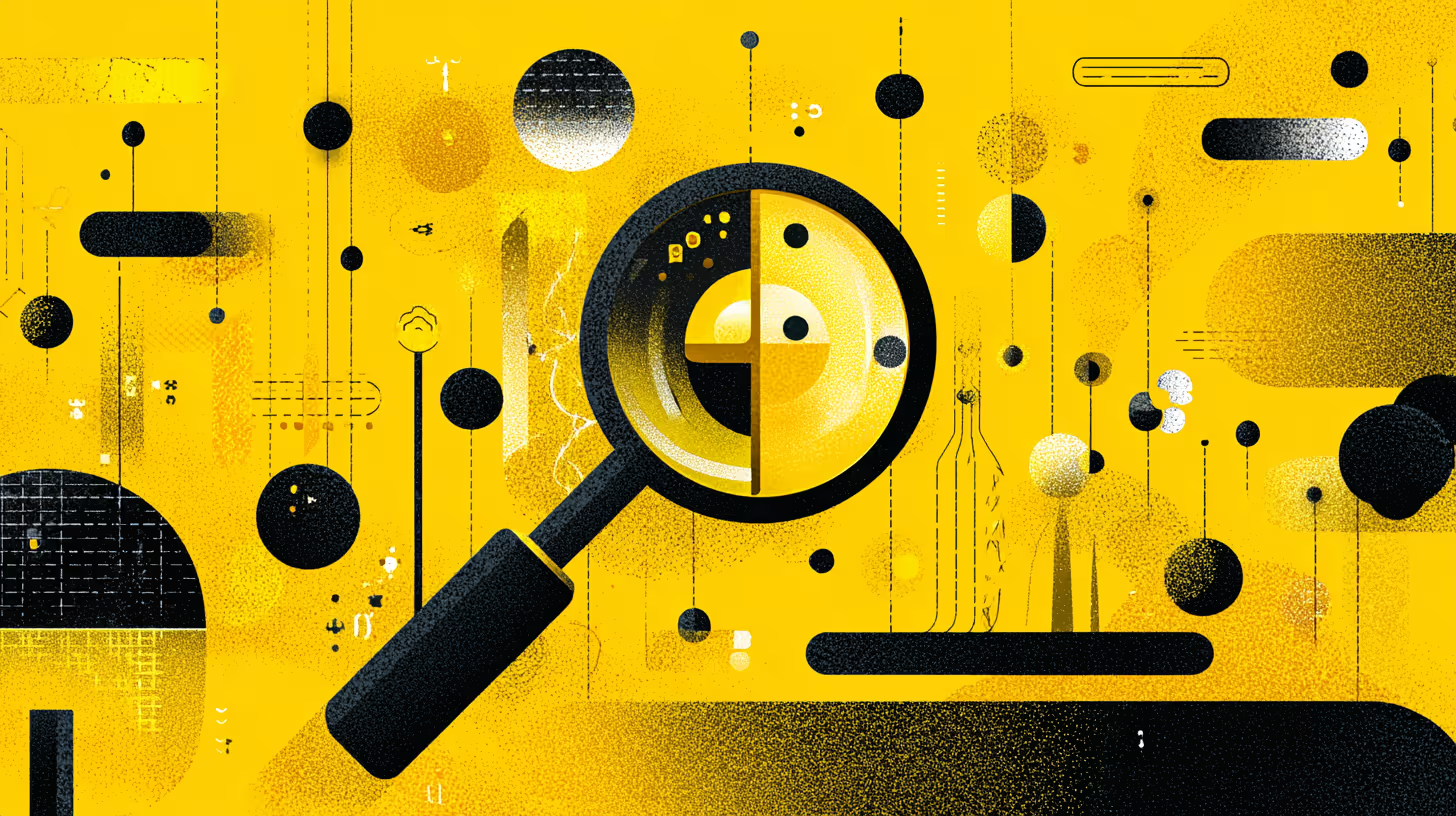Brands who take the approach of truly understanding their customer experience (CX), understanding the journey a customer takes with is foundational to building meaningful interactions with them. A well-mapped customer journey helps businesses optimize touchpoints, eliminate pain points, and create a seamless and engaging experience that fosters conversion and loyalty. To succeed at this, knowing how to map out that customer journey is critical, in this article I’ll attempt to lay out the basics and then explore a real-world example with Starbucks.
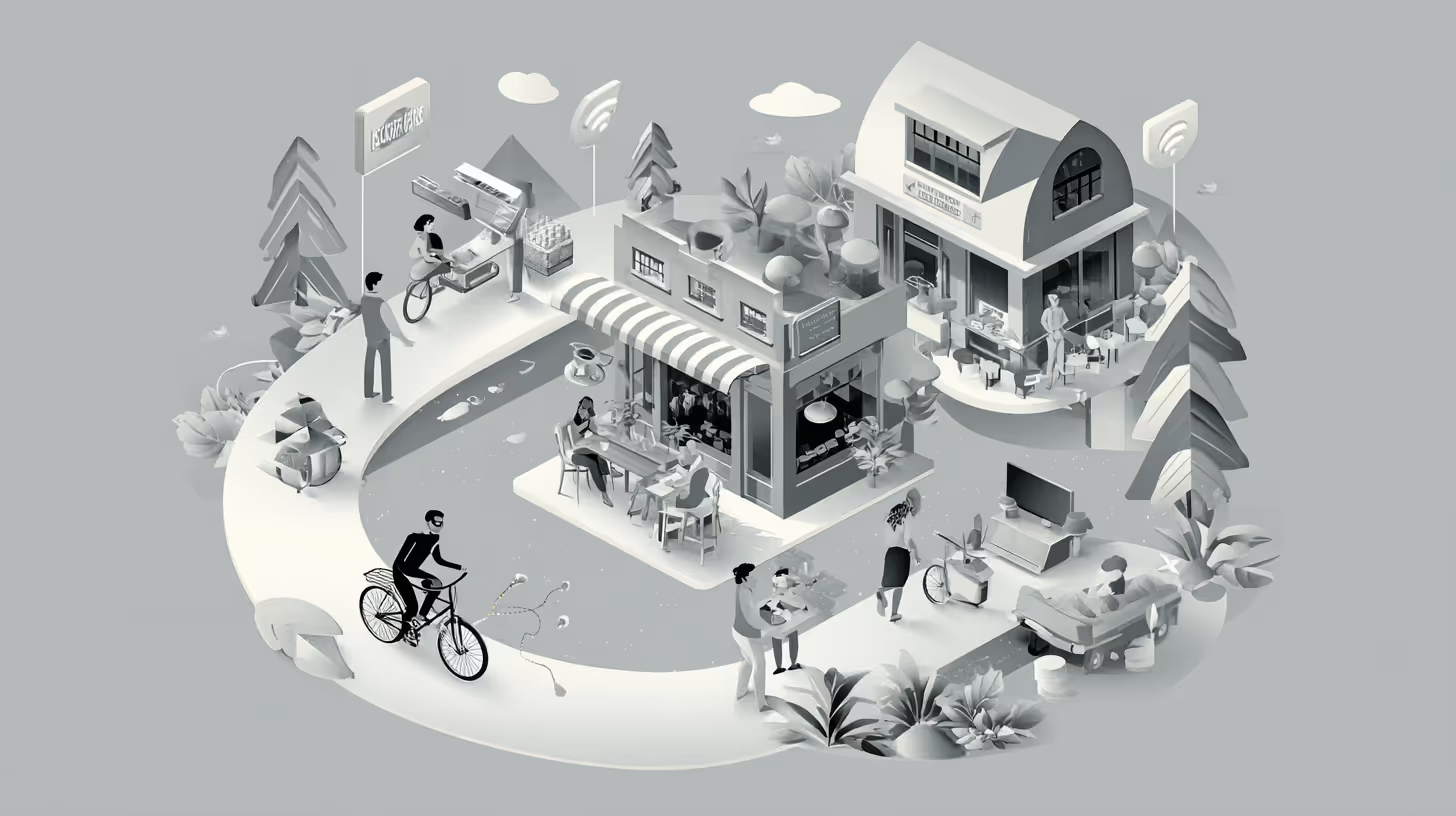
Understanding the Customer Journey Map
A customer journey map is a visual representation of a customer’s experience with a brand, from initial awareness to post-purchase interactions. It outlines key touchpoints, emotions, and opportunities for engagement at each stage. The goal? To step into the customer’s shoes and identify what works, what frustrates, and what converts.
Key Benefits of Customer Journey Mapping:
Empathy: Helps teams understand customer emotions and needs. Without empathy, there is no engagement.
Optimization: Identifies inefficiencies and pain points in the experience. This is where you refine your approach, whether it’s real world or digital, to eliminate friction.
Alignment: Ensures all teams work towards a unified customer experience. This gets your internal teams and partners to a place where there’s a clear understanding of the experience desired.
Innovation: Finds opportunities born out of the research and insights to impress the customer and bring them back.
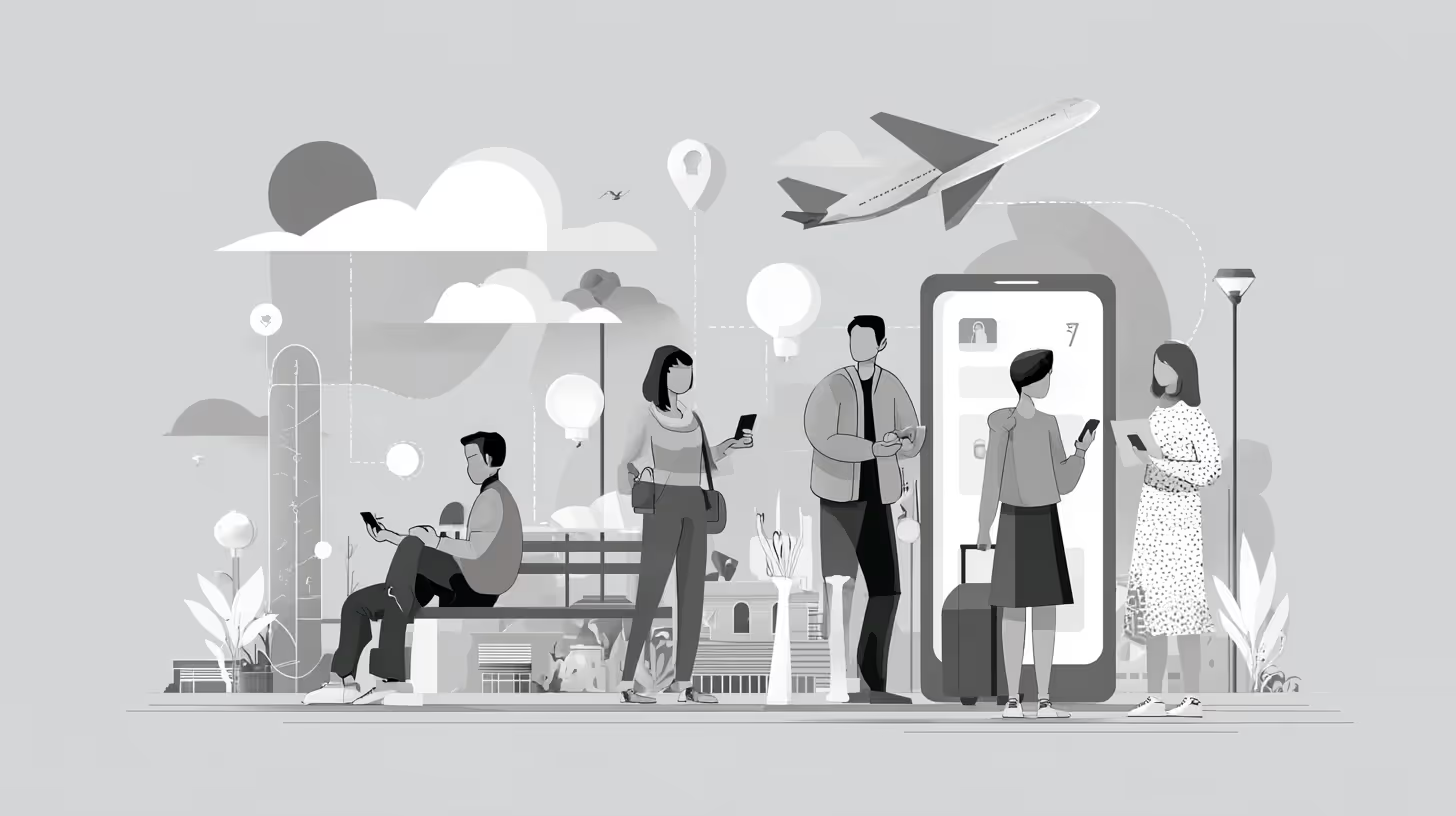
The Core Stages of a Customer Journey
A typical customer journey consists of five major stages:
Awareness: The customer first learns about the brand.
Consideration: The customer researches and evaluates options.
Purchase: The customer makes a transaction.
Experience & Usage: The customer uses the product/service.
Loyalty & Advocacy: The customer returns or recommends the brand.
Each stage contains multiple touchpoints where interactions occur. Now, let’s apply this framework to a familiar brand: Starbucks.
Customer Journey Map Example: Starbucks
Persona: Emily: a busy young professional who loves coffee
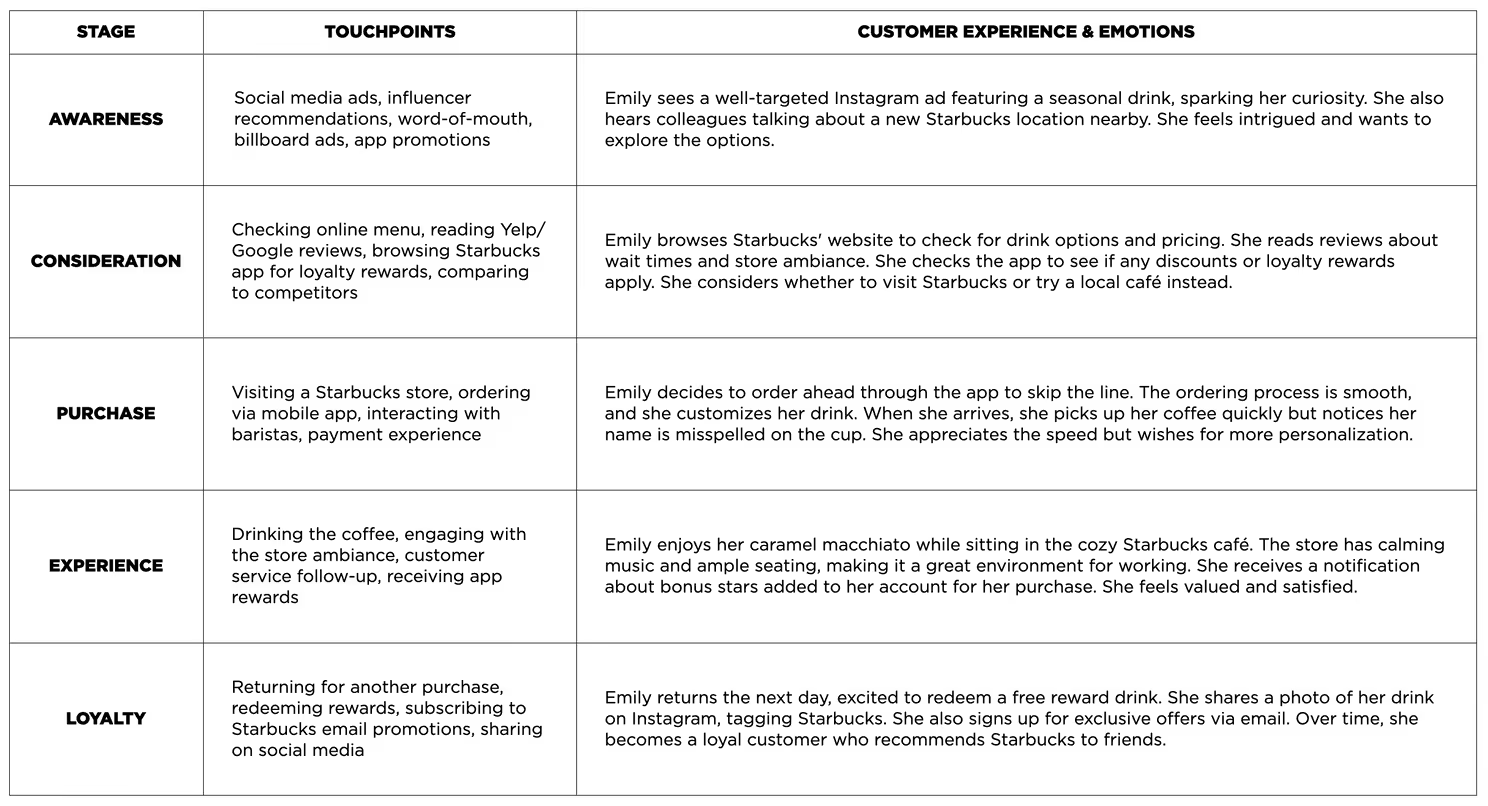
Key Considerations When Mapping A Customer Journey
- Identifying Pain Points: Are there moments of frustration? (e.g., long wait times in-store, issues with mobile ordering, inconsistent product quality, poor customer service?)
- Enhancement Opportunities: Where can we add a “wow” factor? (e.g., free birthday drinks, personalized recommendations, surprise discounts, customization options)
- Cross-Channel Consistency: Ensuring seamless transitions between online and offline experiences. (e.g., does the app experience match the in-store experience? How can the two be integrated more tightly?)
- Emotional Triggers: Recognizing when customers feel most engaged and when they might drop off. (e.g., is there a specific moment when customers lose interest? Do they only engage at one specific touchpoint?)
- Continuous Optimization: The customer journey is never static; it evolves with changing expectations and technological advancements. (e.g., should Starbucks introduce more AI-driven personalization?)
What Does a Good CX Map Look Like
A customer journey map is a visual tool / schematic that outlines the steps a customer takes when interacting with a brand. It’s typically laid out in a grid format, with visual elements like icons or emotion lines to make it easy to understand. Best practices include using real quotes or data for genuine details, assigning ownership to internal teams, and updating the map regularly as customer needs evolve. Done right, it becomes a shared blueprint for creating smoother, more impactful customer experiences.
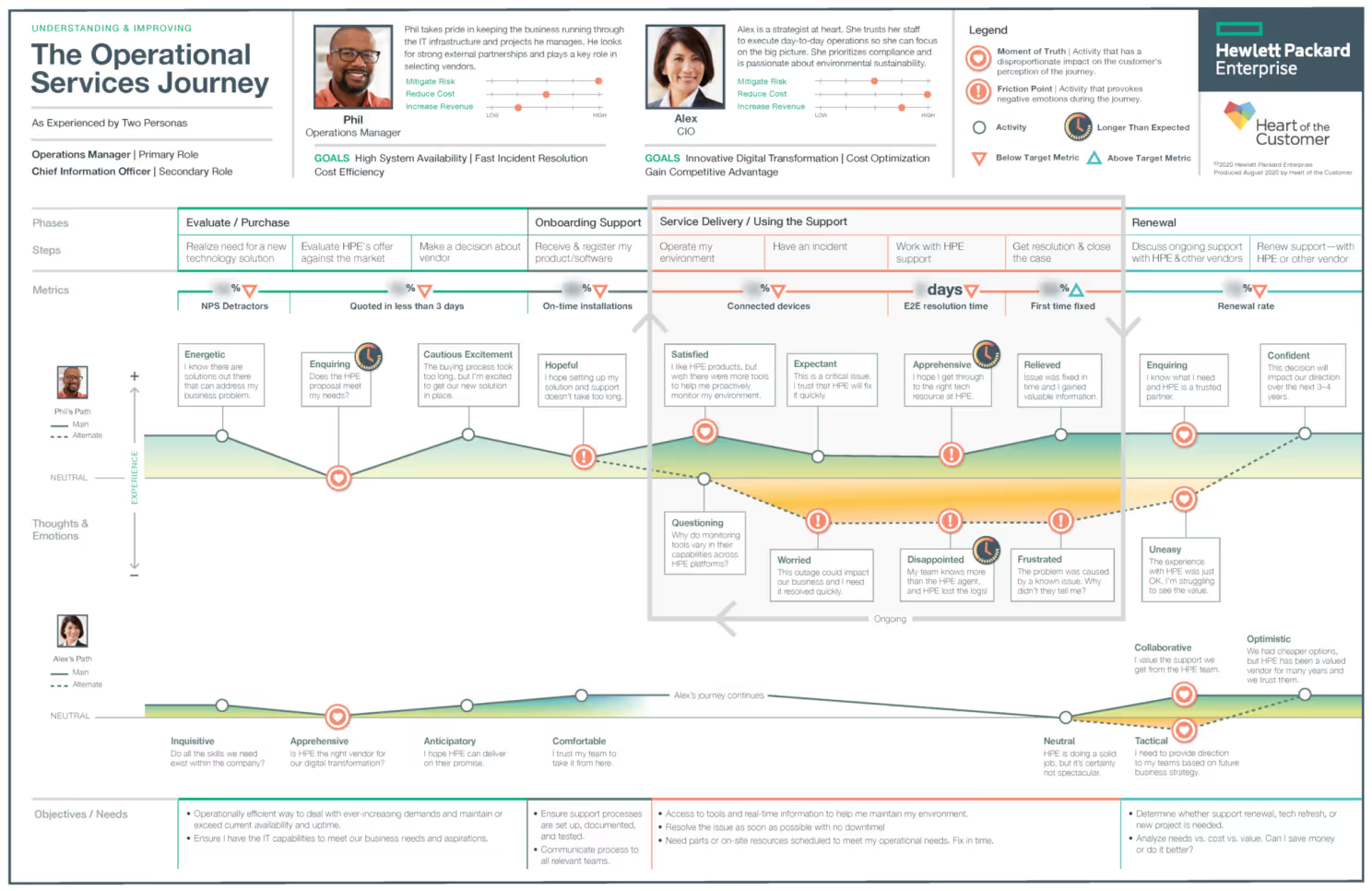
Solid Tools to Build CX Maps
Below are some solid tools to assist with the creation of CX maps, some more complicated than others.
Smaply
Best for: Collaborative mapping and persona development
- Visual journey maps with swimlanes for emotions, channels, and pain points
- Great for stakeholder presentations and exporting maps in various formats
- Integrates persona creation and stakeholder mapping
UXPressia
Best for: Data-enriched journey mapping with visuals
- Combines personas, journeys, and impact maps into one tool
- Allows embedding metrics, quotes, and actual data into maps
- Good for tracking emotional highs/lows throughout the experience
Airtable
Best for: Structured journey mapping with a database backbone
- Use custom views and filters to segment stages and personas
- Track changes, store qualitative/quantitative data, and connect touchpoints
- Excellent for building a scalable, living journey map
Change Management: Where the Rubber Hits the Road
Change management is a critical part of the customer experience (CX) mapping process because creating an effective journey map often reveals the need for shifts in processes, tools, or team responsibilities. At its core, change management is a structured approach to transitioning individuals, teams, and organizations from a current state to a desired state. In CX mapping, it ensures that the insights uncovered—like pain points, inefficiencies, or gaps in communication—translate into real, sustainable improvements across departments.
Without a solid change management strategy and process, even the most insightful journey map could become a forgotten document. It’s what bridges the gap between mapping the ideal experience and actually delivering it, helping teams adapt to new workflows, adopt new technologies, and stay aligned on a customer-first mindset.
Final Thoughts
Customer journey mapping is an invaluable tool for crafting superior brand experiences. When done well, it ensures that every touchpoint is optimized to maximize engagement, satisfaction, and loyalty. As Starbucks has demonstrated, a well-thought-out journey leads to strong customer attachment and advocacy.
For brands and agency partners, the challenge is not just to map the journey but to find the insights into how to enhance it at every turn. Brands that master this will be the ones customers return to and the ones that grow.









